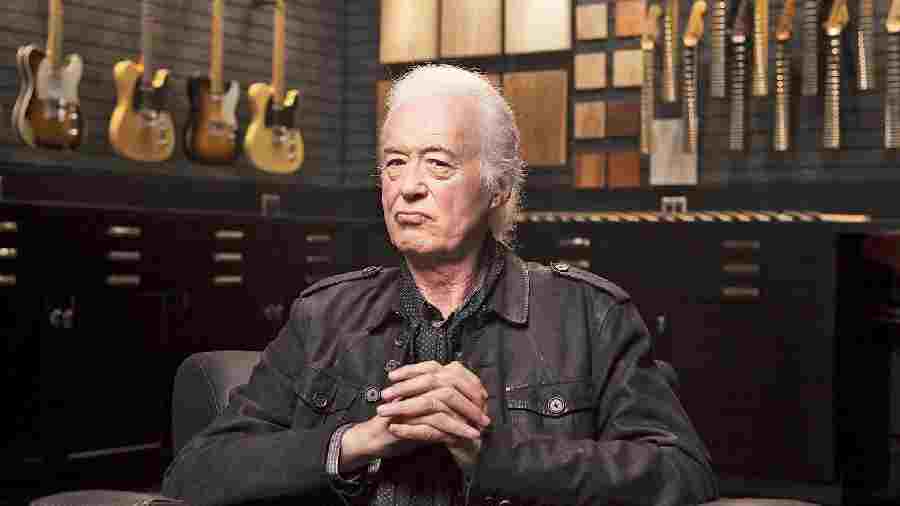Jimmy Page
Jimmy Page, who went on to form Led Zeppelin, was once an in-demand musician who cut his teeth playing sessions for other musical acts. His fingers did the magic on Marianne Faithfull’s As Tears Go By and Tom Jones’ It’s Not Unusual. Nobody knows all the songs he made contributions to in the mid-1960s but the list included Donovan’s Hurdy Gurdy Man and The Who’s I Can’t Explain (“I don’t know, really, why I was brought in. I’m playing the riff, in the background — behind Pete Townshend. I didn’t need to be there. You can barely hear me. But it was magical to be in the control room,” he said in a 2012 interview). He made his presence felt with a howl from his electric guitar in Joe Cocker’s With A Little Help From My Friends and in Shirley Bassey’s Goldfinger with his acoustic guitar helping drive the song
Johnny Depp
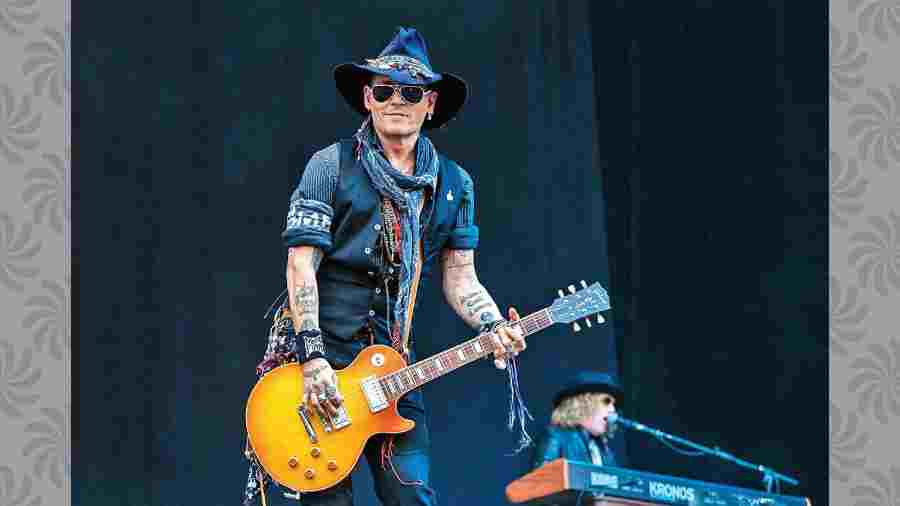
Before turning to acting, Johnny Depp was a promising musician, waiting for that big break. As his acting career blossomed, so did his friendship with Kate Moss, who was in turn a friend of Noel Gallagher’s former wife Meg Matthews. All of them were on holiday on the Carribean island when Gallagher mentioned that he had a song which required the slide guitar. Gallagher and Depp recorded the bit first on a cassette player and then again in the studio. It’s featured on the song Fade In-Out and Depp’s other contribution to Oasis was in the song Fade Away, which appeared on the 1995 compilation, The Help Album.
Sheryl Crow

From being a former high-school music teacher to a backup singer to a singing sensation, Sheryl Crow’s career trajectory is stunning. The two years of her life that turned out to be important were during Michael Jackson’s Bad Tour in 1987-89. This is when she had a duet with Jackson on the song I Just Can’t Stop Loving You night after night. After Jackson passed away, she recalled her most beloved memory of him in an article in Time magazine: “My most beloved memory, however, was watching him perform Human Nature every night from the side of the stage. There was something so genuinely vulnerable in his voice on that song, and watching the freedom with which he danced, doing the moves he invented only made me more keenly aware of the greatness I was blessed to be witnessing.”
Paul McCartney

The legendary singer does know how to play a celery stick. Really. Brian Wilson of Beach Boy was working on the song Vegetables, or Vega-Tables, for the album Smile (eventually released on Smiley Smile) and he got McCartney to record a part in which he is heard chewing celery. Al Jardine, co-founder of The Beach Boys, has said in an interview: “The night before a big tour, I was out in the studio recording the vocal when, to my surprise, Paul McCartney walked in and joined Brian at the console. And, briefly, the two most influential musical Geminis in the world had a chance to work together. I remember waiting for long periods of time between takes to get to the next section or verse. Brian lost track of the session. Paul would come on the talkback and say something like ‘Good take, Al.’” It wouldn’t be his last as the Beatle chewed celery on Super Furry Animals’ 2000 song Receptacle for the Respectable.
Brian Jones

Not many were allowed into the inner sanctum of the Beatles. Among some of the exceptions that were made over the years, one involved Brian Jones on You Know My Name (Look Up The Number) in 1967. “John had arrived one night with this song which was basically a mantra: ‘You know my name, look up the number’. And I never knew who he was aiming that at; it might have been an early signal to Yoko,” Paul McCartney has told Barry Miles for his biography Many Years From Now. Lennon once recalled the song to be a joke, referring to the London telephone directory of time. “That was a piece of unfinished music that I turned into a comedy record with Paul.” Brian was requested to sit in. “He arrived at Abbey Road in his big Afghan coat. He was always nervous, a little insecure, and he was really nervous that night because he’s walking in on a Beatles session,” said McCartney. Sadly, the song released three years later, after Jones had passed away.
Jimi Hendrix
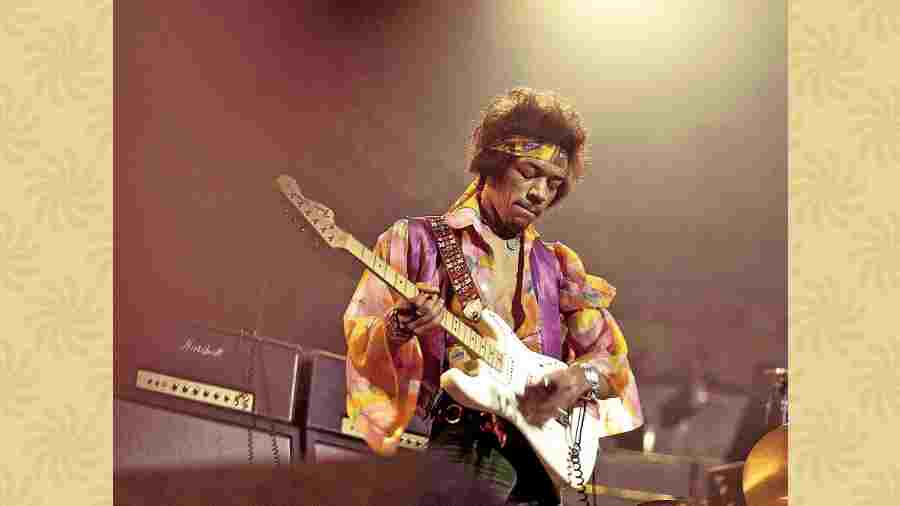
Before the Jimi Hendrix phenomenon happened, he was a sideman, playing studio session dates. “We’d get a gig once every twelfth of never. We even tried eating orange peel and tomato paste. Sleeping outside them tall tenements was hell. Rats running all across your chest, cockroaches stealing your last candy bar out of your pocket…” he told Rave in 1967. When he was based in Nashville in 1963, he played with a group called the King Kasuals. This is when a talent hunter came along and said fame could be found in Big Apple. He liked the idea and at the Palm Cafe he met Lithofayne “Faye” Pridgon, a streetwise woman who had once dated Sam Cooke. She offered him a place to sleep and introduced him to the Harlem music scene. In 1964, Tony Rice, an associate of the Isley Brothers, spotted him. “Tony said this kid — he was about 15 or 16 — was the best and that he played right-handed guitar with his left hand. I said to Tony, ‘Aw, come on, man, he can’t be that good. Is he better than…’ and then I started naming all the guitar players we knew we’d like to have in our band. And Tony said, ‘He’s better than any of them’,” Ron Isley said in the book Becoming Jimi Hendrix. The rest, as they say, is history and he played his part in the classic Testify (Parts 1 & 2). And that led to Don Covay and the Goodtimers’s Mercy, Mercy (1964).
Dave Grohl
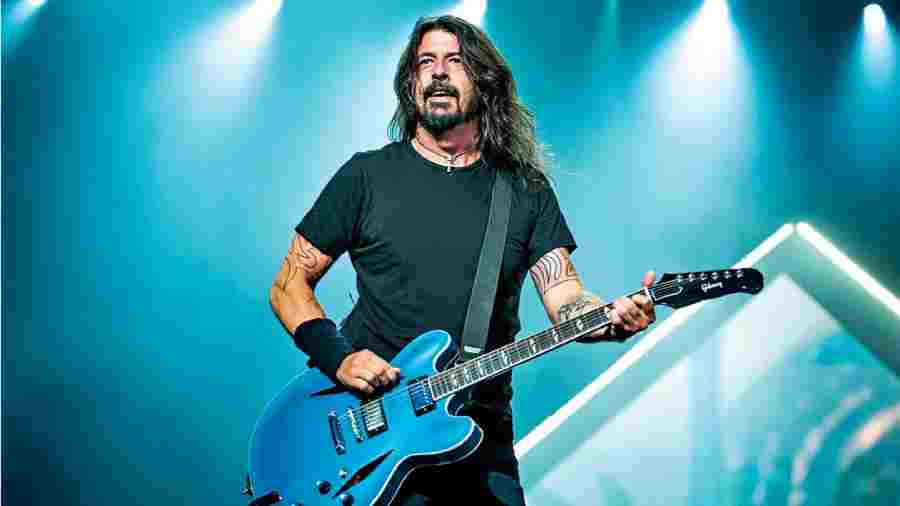
David Bowie’s 2002 record, Heathen, will be remembered for the many musicians who were featured on it. One of the exceptional tracks from the record is the Neil Young classic from 1968 — I’ve Been Waiting For You. Bowie gave it a twenty-first century treatment with a little help from Dave Grohl on the lead guitar. “I do three covers on this album, in homage to the writers as much as any other reason. The Neil Young song I’ve Been Waiting For You was from his very first album. When I got that album in 1969, I was dazzled by the overall complexity of sound. It was so majestic but aloft or lonely sounding at the same time. A real yearning. And I’d always wanted to do that song on stage or someplace,” Bowie had said.
Dusty Springfield
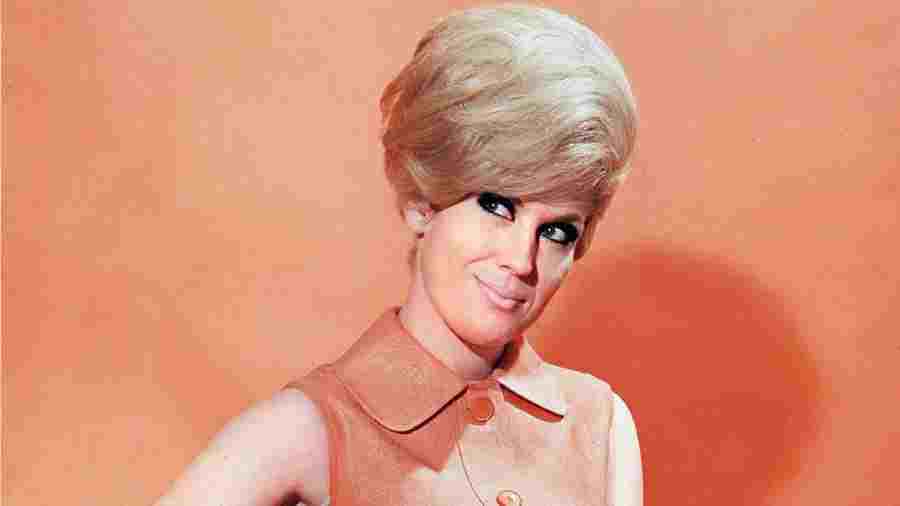
Elton John was in the press for his sexuality in the early 1970s. Anyway, he was in one of his notorious foul mood when John’s songwriting partner Bernie Taupin’s wife made the comment. Bernie fleshed it out and the lyrics reflected John’s ability to poke fun at himself. The song is made extra special with Dusty Springfield’s backing vocals. (Springfield had earlier sung on John’s 1971 album Tumbleweed Connection.) Having Springfield on the song was a dream come true for John. After her death in 1999, John inducted his friend into the Rock and Roll Hall of Fame and he had once said that he would like Springfield’s Goin’ Back to be played at his funeral.
Mick Jagger
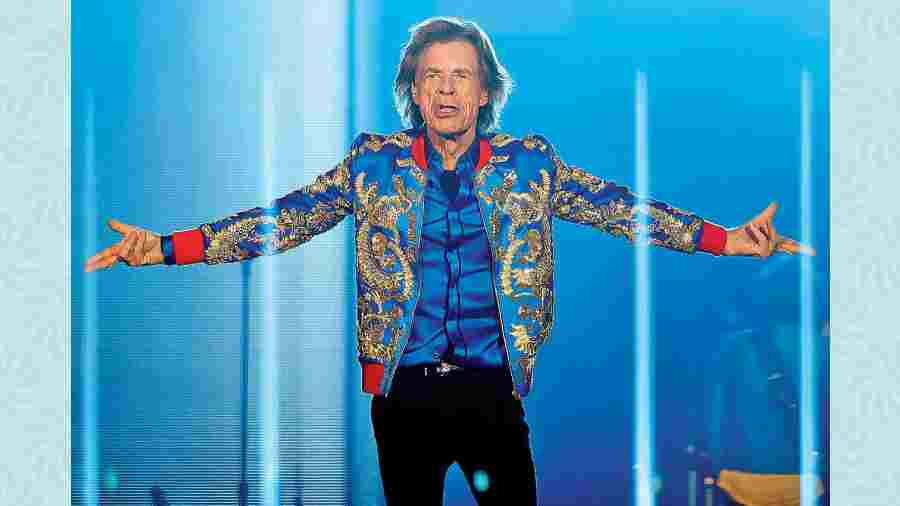
In her memoir Boys in the Trees, Carly Simon described her relationship with Mick Jagger to be “Electricity. That’s what it was.” The subject matter of her song You’re So Vain has been in conversations for years because everyone wanted to know who the self-absorbed “you” was addressed to — David Bowie, Warren Beatty, Mick Jagger or herself? Well, Jagger had contributed uncredited backing vocals. Simon has told Uncut that Jagger happened to call at the studio. “I said: ‘We’re doing some backup vocals on a song of mine, why don’t you come down and sing with us?’” He did. She has also said that the song wasn’t about “vengeance”. “It wasn’t Anna Karenina. It was, ‘From this point of view, you don’t necessarily look as good as you think you look.’ There’s not an iota of hate in it. There may be much more of an iota of feeling hurt or rejected. ... I was definitely a romantic and my hopes were dashed. That led to the song.”
Uncredited Indian musicians

A few months after George Harrison met Pandit Ravi Shankar (in picture), the Beatle recorded Within You Without You. There’s more to it. A few years ago, Mike Jones, reader in music industry, of the University of Liverpool, found out about the Indian musicians who had played on the song from Sgt. Pepper’s Lonely Hearts Club Band but had gone uncredited. The musicians were the late Anna Joshi and Amrit Gajjar (dilruba); and Sikh temple musician Buddhadev Kansara (tamboura) and Natwar Soni (tabla).
In June 1966, Harrison met the sitar maestro at the home of the Angadis (in Hampstead) — Patricia (nee Fell-Clark) and Ayana Deva, who was originally from Karnataka’s Belgaum district. They had set up the Asian Music Circle (in 1946), which served as the meeting point for musicians from India. Harrison came across AMC in 1965 and soon he became a regular there, inviting the Angadis to attend one of the Beatles’ recording sessions at Abbey Road. In June 1966, Harrison and Paul McCartney attended a dinner at the Angadis’ residence, where the sitar legend was a special guest. On the single Love You To from Revolver we hear Anil Bhagwat (on the tabla), whom he met through AMC. More AMC musicians appear again, this time on Within You, Without You. But the musicians remained anonymous until June 2017.
Charli XCX

She has written hits for a lot of singers — Iggy Azalea to Selena Gomez. For the latter she penned Same Old Love. “There have been some songs I wished I’d kept. Actually Same Old Love was one of those songs that once I’d heard Selena sing – and she sounded so great — I was like, ‘Oh my god, I want this song for myself.’ Partly because she had such a high-profile relationship, which was all over the press, it felt very real coming from her and I think a lot of the audience could really connect because of what had been going on. It was cool that really brought that song to life,” Charli has said in an interview with Grazia.
George Michael
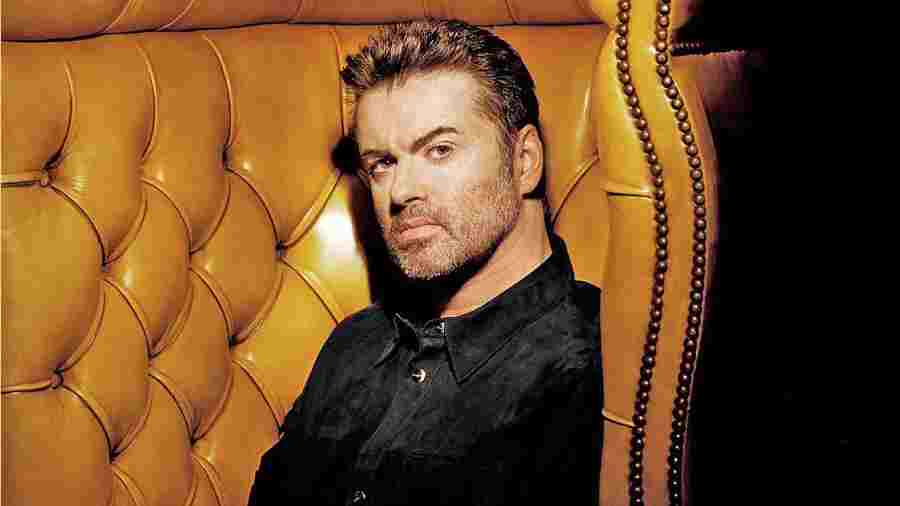
Elton John was a good friend of George Michael for decades. A part of the 1980s was not kind to John’s albums as many of the songs were forgettable but there were occasional bright spots, like on Ice On Fire. Michael featured on two big tracks from the album — Wrap Her Up and Nikita. In the latter, John talks about having a crush on a person called Nikita, a border guard he cannot meet because he is not allowed into the country.
John Lennon

David Bowie wrote the song Fame with John Lennon and former James Brown guitarist Carlos Alomar and it was meant to be a sarcastic comment on the business of rock and roll. At the time of release in 1975, it became Bowie’s best-selling single but for him it wasn’t among his favourite singles and he described it as “the squashed remains of ethnic music as it survives in the age of Muzak rock, written and sung by a white limey”. Discussing the song with Bill DeMain in 2003, Bowie said: “When we were in the studio with John Lennon, I asked Carlos, ‘What was that riff you had?’ And it went from there.” Lennon then found the hook, singing the word ‘aim’ to Alomar’s riff. The lyrics were instigated by Bowie’s management at the MainMan label and his anger was apparently stoked by Lennon. Bowie said: “We’d been talking about management, and it kind of came out of that. He was telling me, ‘You’re being s**fted by your present manager’ (laughs). That was basically the line. And John was the guy who opened me up to the idea that all management is crap.”
Cher
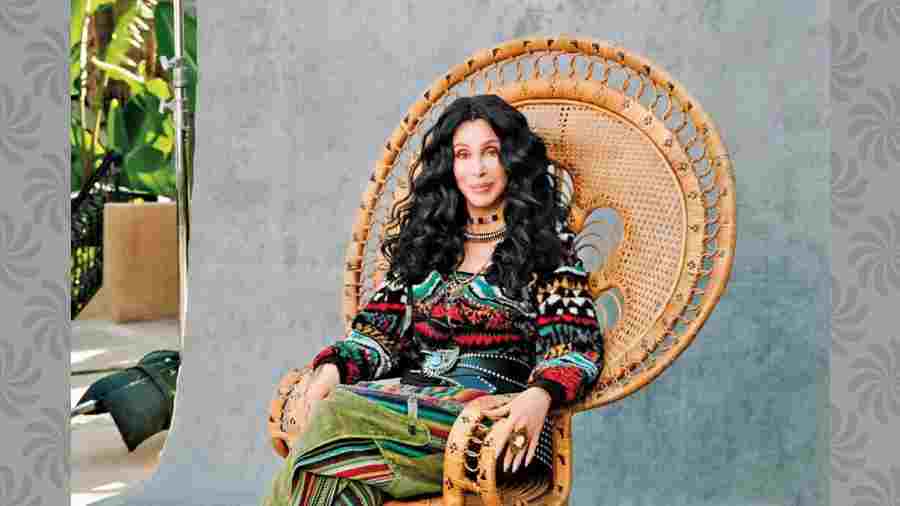
The legendary Phil Spector produced the evergreen Righteous Brothers song You’ve Lost That Lovin’ Feeling and had recruited a young Cher for the backing vocals. Earlier, she had contributed to hits like The Ronettes’ Be My Baby and The Crystal’s Da Doo Ron Ron. About her performance on the classic Righteous Brothers song Cher has said: “Darlene [Love] got in trouble with her car one night and Phillip looked at me and said, ‘You can sing’.” This was also the time when Spector made musicians wear headphones — something new back then— so that they could hear the level of echo that was put on the tracks.
Barry Gibb
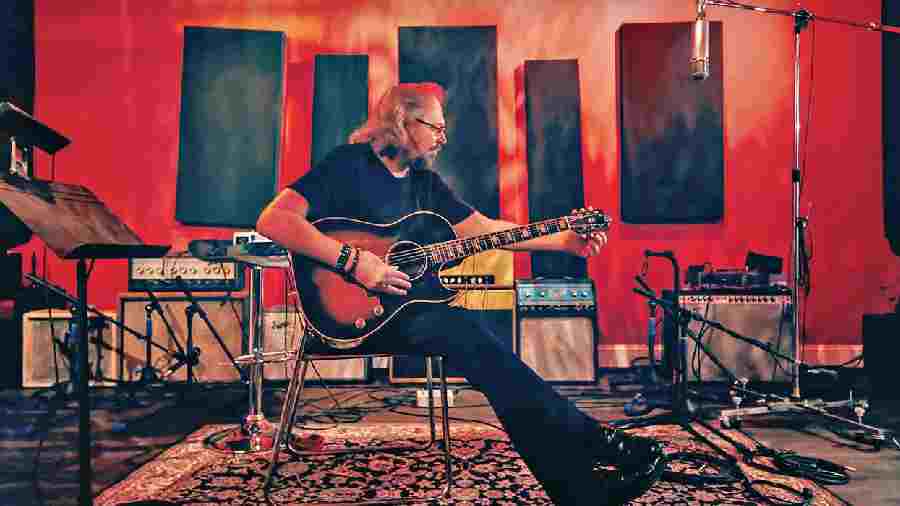
The Diana Ross song Chain Reaction was written by the Bee Gees and it ended up having Barry Gibb on the backing vocals. Nelson George wrote in the October 5, 1985 issue of Billboard magazine: “It will be fascinating to see the reaction to Eaten Alive (the album), which features the songwriting and production talents of the Bee Gees and Michael Jackson…The record will get airplay — but, despite the reputations of all involved, will it sell through?” The song came at a time when Barry Gibb had a success streak as a performer and producer. He had already written and produced Barbra Streisand’s Guilty album in 1980 and then hits for Dionne Warwick and Kenny Rogers & Dolly Parton. The song almost never made it to the album (“The whole album was done, and Diana was still looking for that one song she could call a single. We asked her, ‘How do you feel about doing something that you might have done 25 years ago?’,” Gibb said in 2001).
Gary Barlow and Rick Astley

Elton John had worked hard on Can You Feel The Love Tonight for the Lion King OST but he still needed something extra in the mix. This is when he asked Gary Barlow (Take That member) and Rick Astley to contribute their vocals. Also featured: John’s pal Kiki Dee and actor Robert Englund.
